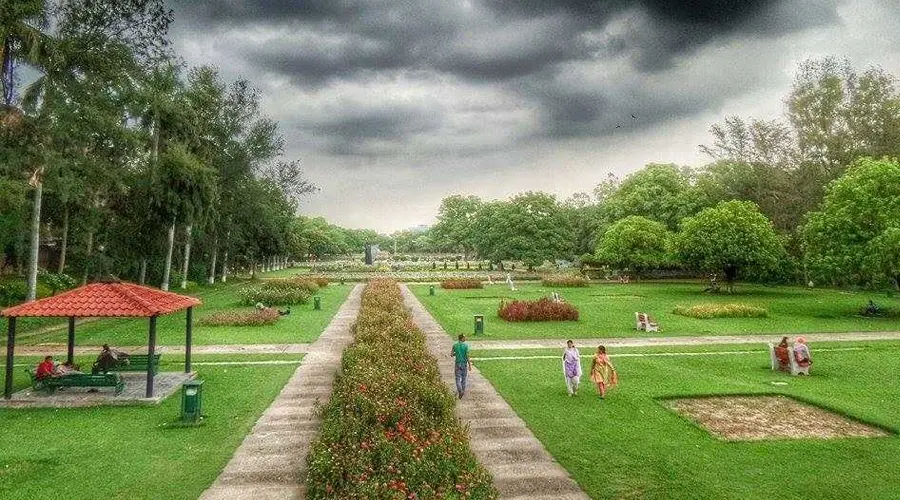Sukhna Wildlife Sanctuary
At a distance of 2 km from Sukhna Lake and 5.5 km from Chandigarh Bus Station, Sukhna Wildlife Sanctuary is a protected wildlife sanctuary located at the foothills of the Shivalik range in Chandigarh. Spreading over an area of 2600 hectares, Sukhna Wildlife Sanctuary was established in 1998. It forms part of the Sukhna Lake catchment area falling in Shivalik hills. Apart from the Sukhna Lake, there are around 150 small and large water bodies in the Sukhna Wildlife Sanctuary that form its catchment area. These water bodies also attract migratory birds and have a rich population of resident bird species.
Sukhna Wildlife Sanctuary is an abode of a wide variety of mammals, birds, reptiles, butterflies, and microorganisms. Sambar, Spotted Deer, Pangolin, Wild boar, Jackal, Small Indian Civet, Jungle Cat, Porcupine, Hanuman Langur, Rhesus Monkey, Indian Hare, Common-Mongoose, Common rat, and Squirrel are the prominent animals found in this sanctuary. There are more than 150 varieties of birds including aquatic birds which include Peacock, Red jungle fowl, Grey partridge, Cuckoos, Nightjars, Golden Oriole, Kingfisher, Swifts, Hoopoes, and various sparrows. There are varieties of reptiles including snakes like the Cobra, Rat snake, Common Krait, Russell's viper, Indian Python, and common Monitor, Turtle, etc.
Things to do at Sukhna Wildlife Sanctuary
- Birdwatching: The sanctuary is a haven for bird enthusiasts. Bring your binoculars and camera to spot a wide range of bird species, both resident and migratory.
- Wildlife Spotting: Besides birds, keep an eye out for other wildlife like Indian Hares, Sambar Deer, Wild Boars, and various reptiles and insects. Patience and a keen eye might reward you with memorable wildlife sightings.
- Nature Walks: Explore the sanctuary's walking trails to immerse yourself in its diverse habitats. The well-marked paths take you through lush forests, grasslands, wetlands, and more, allowing you to observe the flora and fauna up close.
- Photography: Capture the beauty of the sanctuary's landscapes, birds, and wildlife through photography. The picturesque settings provide ample opportunities for nature photography.
- Picnics: Pack a picnic and enjoy a relaxing meal amidst the natural surroundings. There are designated picnic areas within the sanctuary where you can unwind and savor your food.
- Educational Visits: Learn about the sanctuary's flora, fauna, and conservation efforts through guided tours or informational displays. Many sanctuaries offer educational programs to raise awareness about local ecology.
- Nature Workshops: Check if the sanctuary hosts any workshops, talks, or events related to wildlife, conservation, or natural history. Participating in these activities can deepen your understanding of the ecosystem.
- Seasonal Activities: Depending on the time of year, you might be able to participate in specific seasonal activities like tree planting, bird migration festivals, or nature awareness campaigns.


























